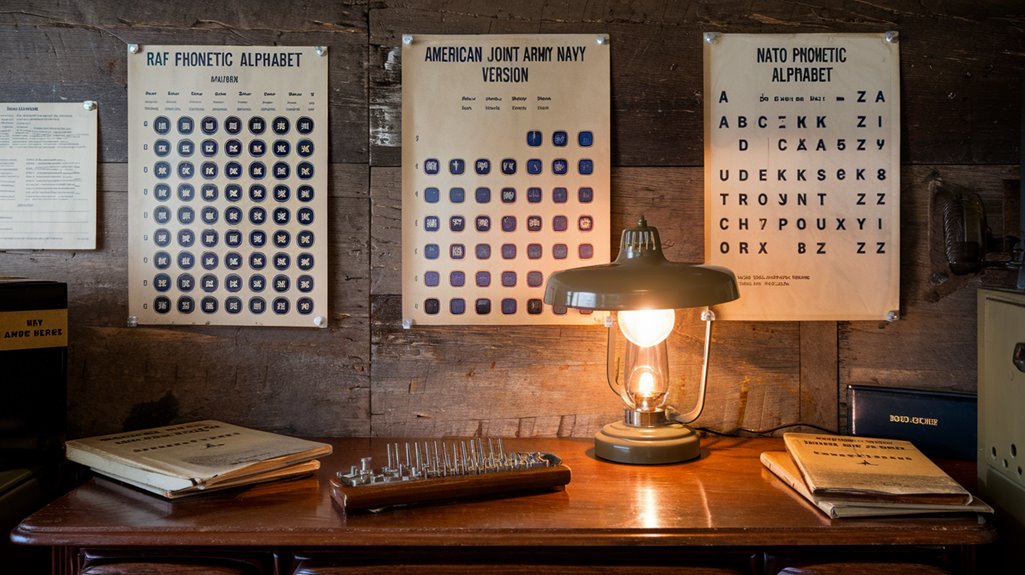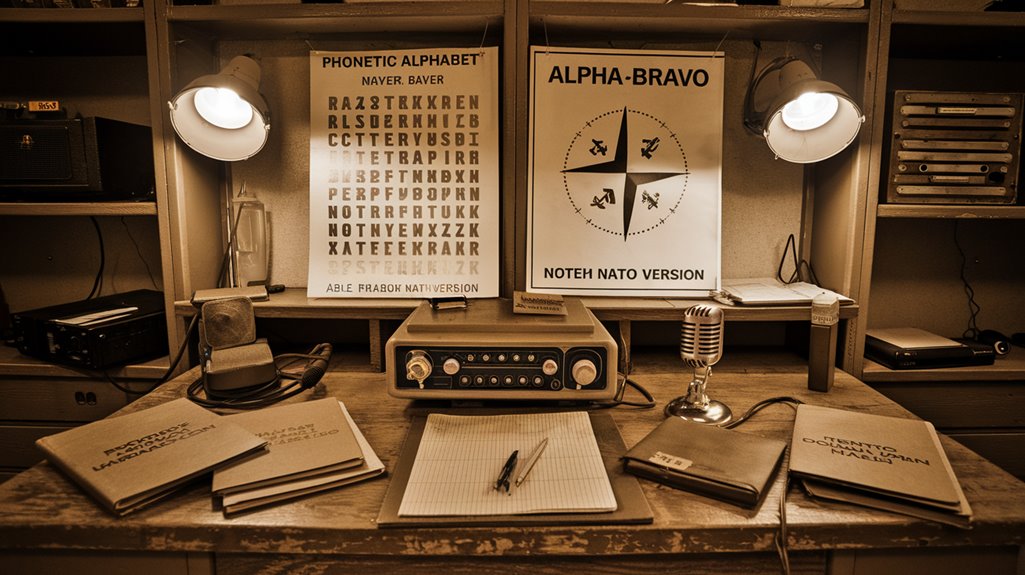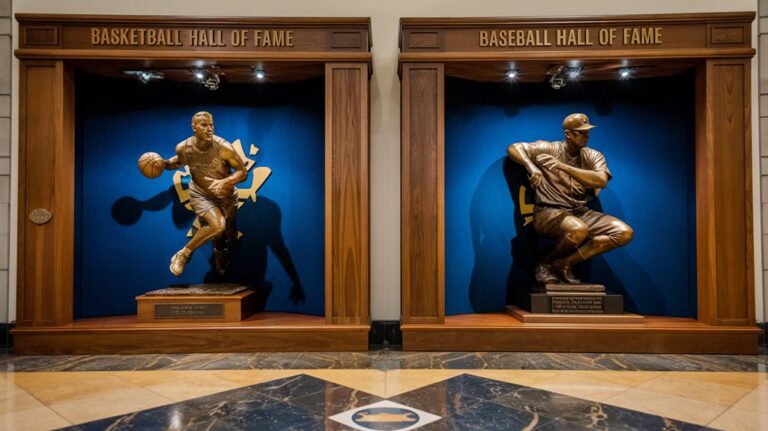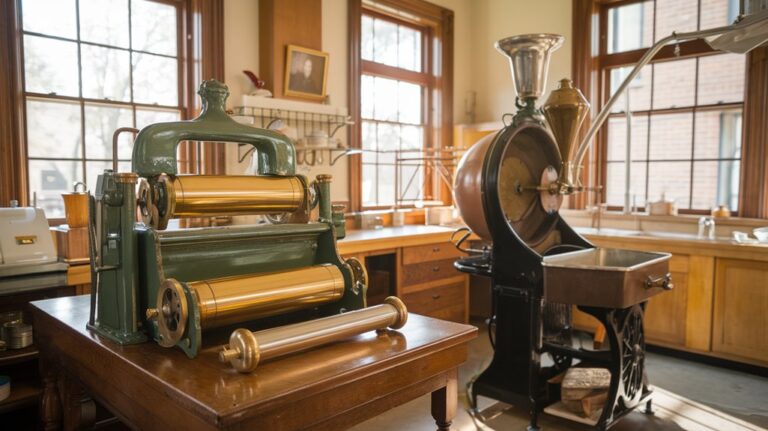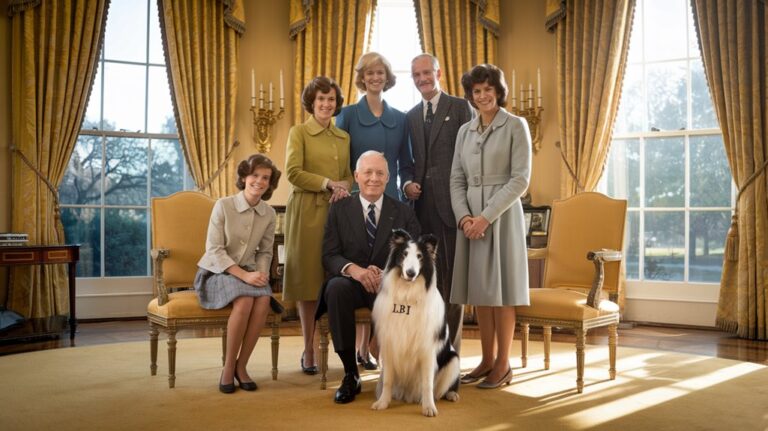WTF: How We Got the NATO Phonetic Alphabet
You've probably tied your tongue into knots trying to spell something over the phone, desperately hoping the person on the other end understands the difference between "M" and "N." Before the NATO phonetic alphabet came along, this communication chaos was a daily headache for soldiers, pilots, and radio operators worldwide. What's fascinating isn't just how we landed on "Alpha, Bravo, Charlie," but why these specific words made the cut when hundreds of alternatives were tossed aside.
The Early Days of Radio Babel
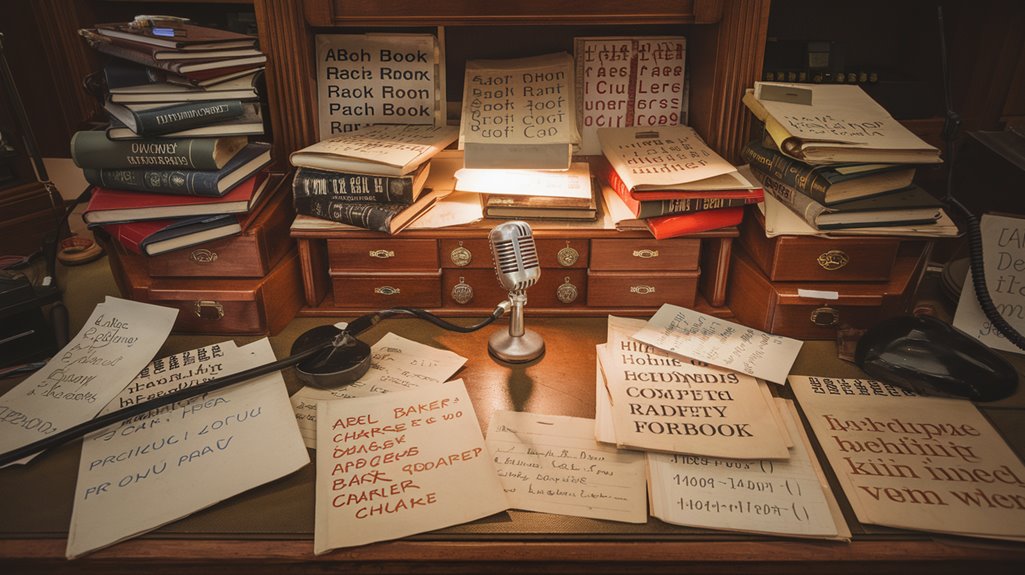
When radio communication first emerged in the early 1900s, operators faced significant challenges in transmitting clear, accurate messages.
You'd be amazed to learn that operators had to spell out each word letter by letter, making communication painfully slow and inefficient, especially in noisy conditions.
Enter Richard H. Geiger, a US Navy telegraph operator who in 1901 pioneered using words instead of letters to improve phonetic clarity.
The military quickly recognized this need during WWI, as radio communications became essential to operations.
Poor quality transmissions and battlefield noise made technological advancements crucial for effective communication.
By 1927, the International Telegraph Union established a standardized phonetic alphabet for global communication.
The British Army started with just seven words in their phonetic alphabet, while US forces developed their own complete system.
Wars and Words: Military's Quest for Clear Communication
Throughout history's deadliest conflicts, clear communication proved to be just as crucial as weaponry and strategy.
You'll find this truth painfully evident in World War I, where communication failures led to devastating military losses, including the collapse of the German Schlieffen Plan.
As wars evolved, so did military jargon and the technology to convey it. Even the Russian army's inferior signal service contributed to their crushing defeat at the Battle of Tannenberg. World War II marked a significant shift as the military began centralizing communications for better coordination.
The U.S. Signal Corps pioneered electrical communication during the Spanish-American War, while WWI saw the birth of field telephones and portable radio systems.
When artillery fire disrupted telephone lines, armies relied on everything from electric signal lamps to pyrotechnics to maintain contact.
These hard-learned lessons ultimately led NATO to standardize its communication methods in 1956, introducing the phonetic alphabet you know today – a system that finally bridged the gap between allied forces.
From Ack to Zulu: Evolution of the Code Words
Long before NATO standardized its famous phonetic alphabet in 1956, military forces struggled with a patchwork of competing code word systems. You can trace its acknowledged origins to 1901 when Richard H. Geiger, a US Navy telegraph operator, first proposed using words instead of letters for communication clarity.
The journey from concept to standardization wasn't straightforward. Here's how it evolved:
- British Army started with just 7 code words during WWI
- US forces adopted the "Able Baker" system in 1941
- ICAO created its version in 1951 before NATO's final adoption
You'll find it interesting that the early versions faced criticism for their English bias. That's why developers modified words like "Alfa" and "Juliett" to make them more accessible to French and Spanish speakers worldwide. The need for a universal system became particularly urgent as post-World War II confusion highlighted communication challenges between allied forces. The International Telecommunication Union had actually pioneered the first official phonetic alphabet in the 1920s, setting an important precedent for standardization.
The Science Behind NATO's Word Choices
Scientists and linguists employed rigorous criteria when selecting each word in NATO's phonetic alphabet. They prioritized linguistic precision by choosing words that were "live" across English, French, and Spanish, ensuring universal recognition.
You'll find that each word underwent rigorous testing at Harvard University's Psycho-Acoustic Laboratory to validate its effectiveness.
The selection process focused on phonetic clarity, avoiding similar-sounding words that could cause confusion in noisy environments. When you're communicating in high-stakes situations, you'll appreciate how each word was carefully chosen to be distinct and easily pronounceable across different accents and languages. Combined Communications Board experts played a crucial role in implementing changes for joint military operations.
This scientific approach wasn't just theoretical – it involved extensive testing and international collaboration to create a standardized system that works effectively in real-world conditions. The International Civil Aviation Organization oversaw the development of this standardized alphabet to ensure global consistency in aviation communications.
Going Global: How NATO's Alphabet Conquered the World
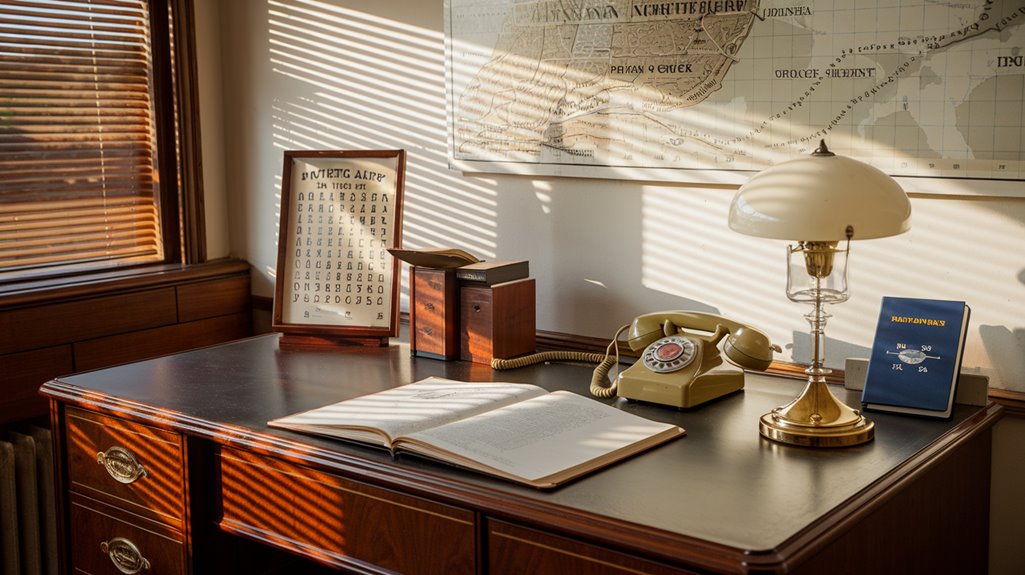
The rise of NATO's phonetic alphabet from a specialized military tool to a global standard marks one of communication's most remarkable success stories. You'll find it's become the universal language for phonetic clarity across multiple sectors and cultures.
This worldwide adoption happened for three key reasons:
- It solved the English bias problem that plagued earlier systems.
- It proved effective in both military and civilian applications.
- It received backing from major international organizations like ICAO and ITU.
Whether you're a pilot maneuvering through stormy weather, an emergency responder coordinating rescue efforts, or a customer service rep spelling out order details, you're part of a global communication network that relies on these standardized words. The system underwent scientific testing to ensure its effectiveness across different languages and conditions.
The alphabet's success lies in its ability to transcend language barriers while maintaining crystal-clear understanding in any situation. Before NATO's version, communication relied on the Able Baker alphabet developed by the U.S. military in 1941.

